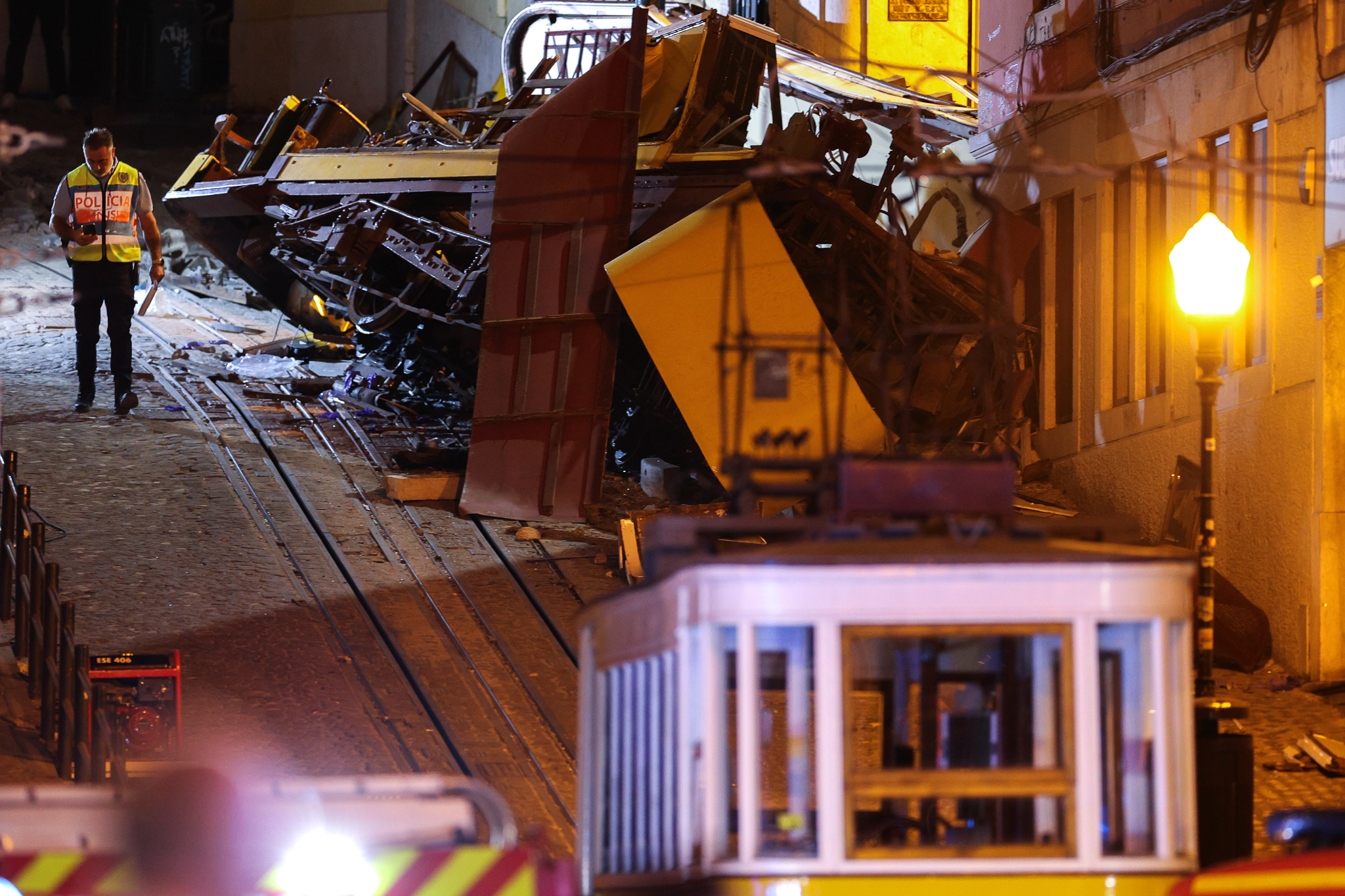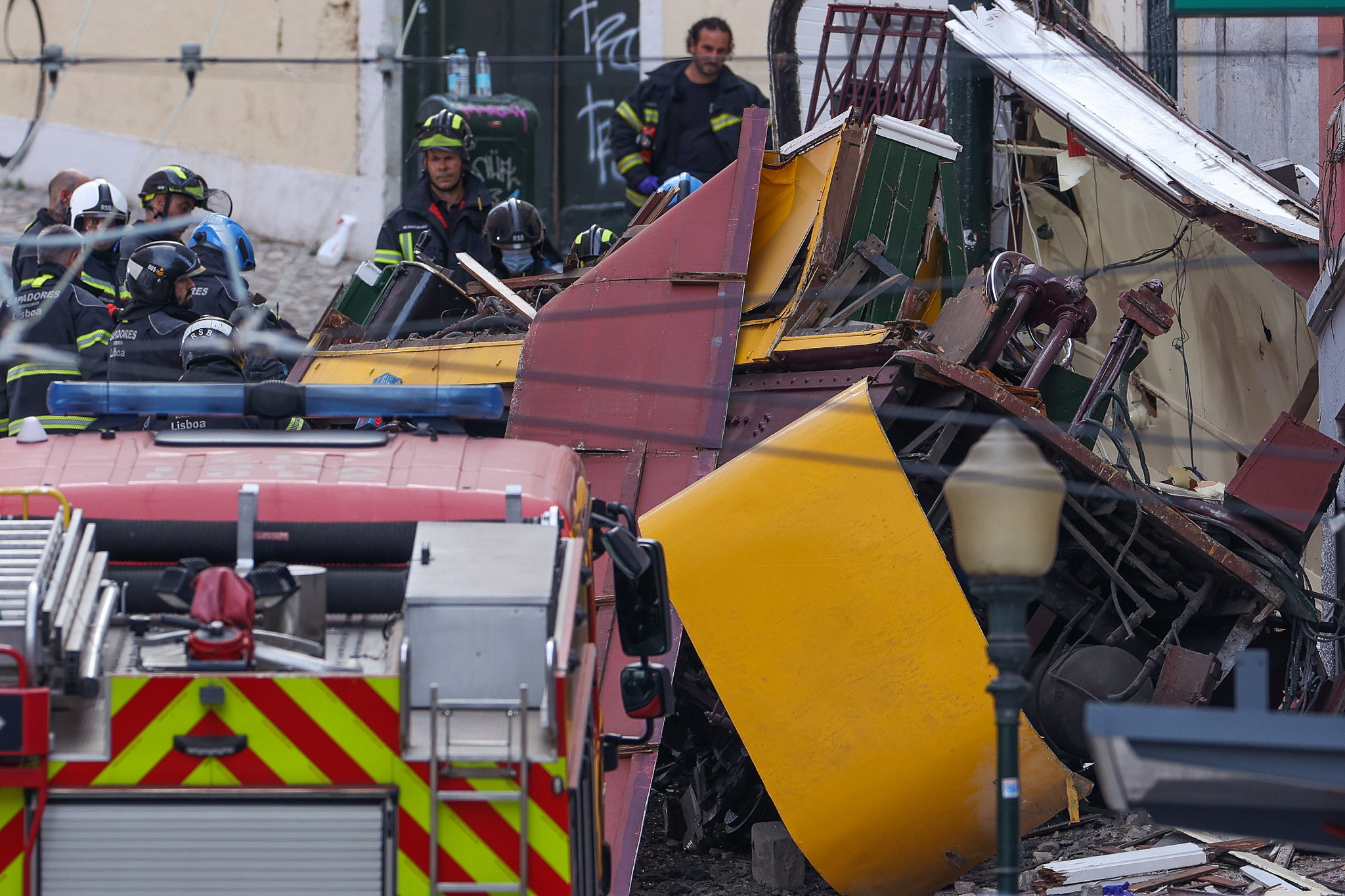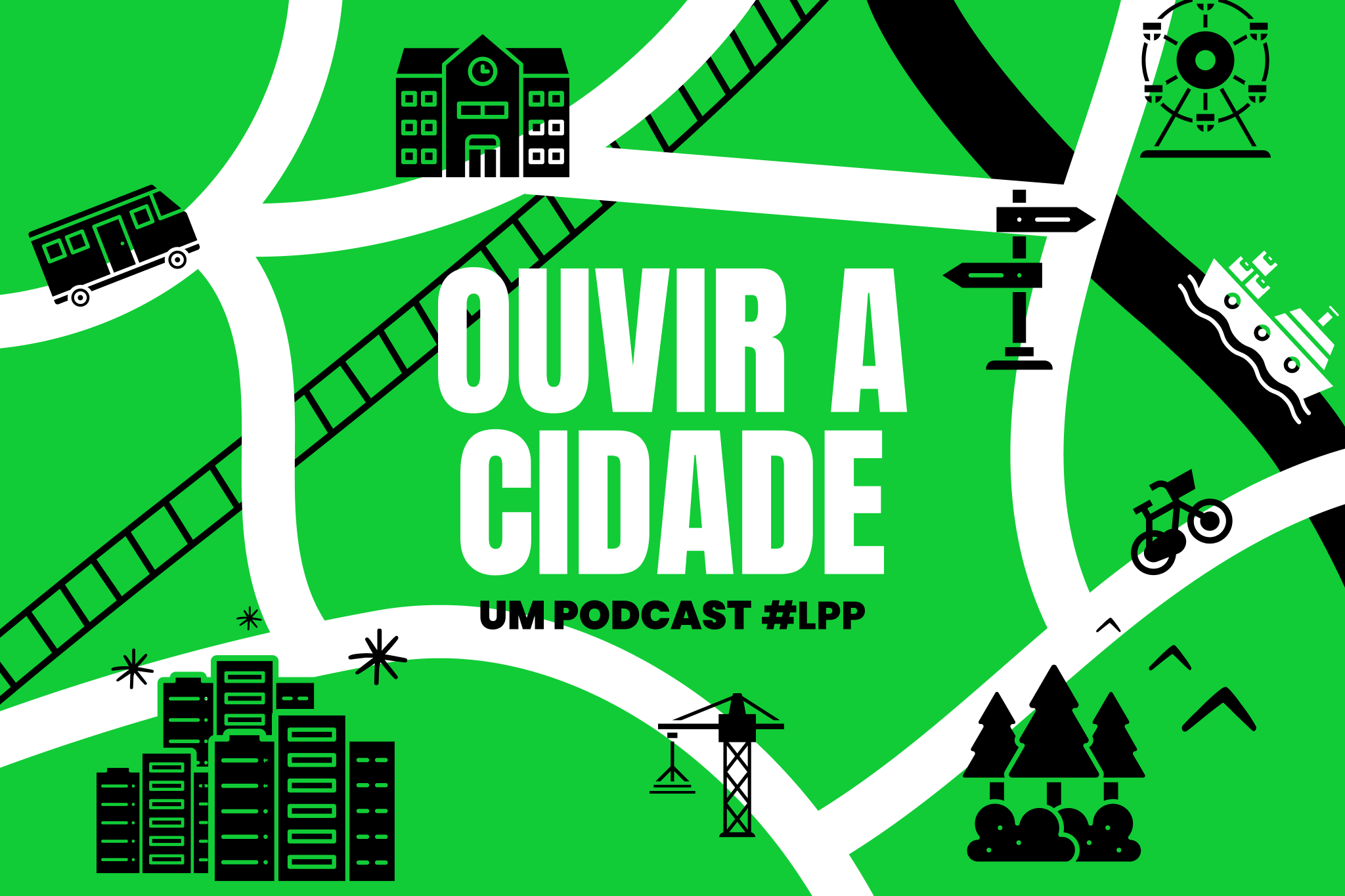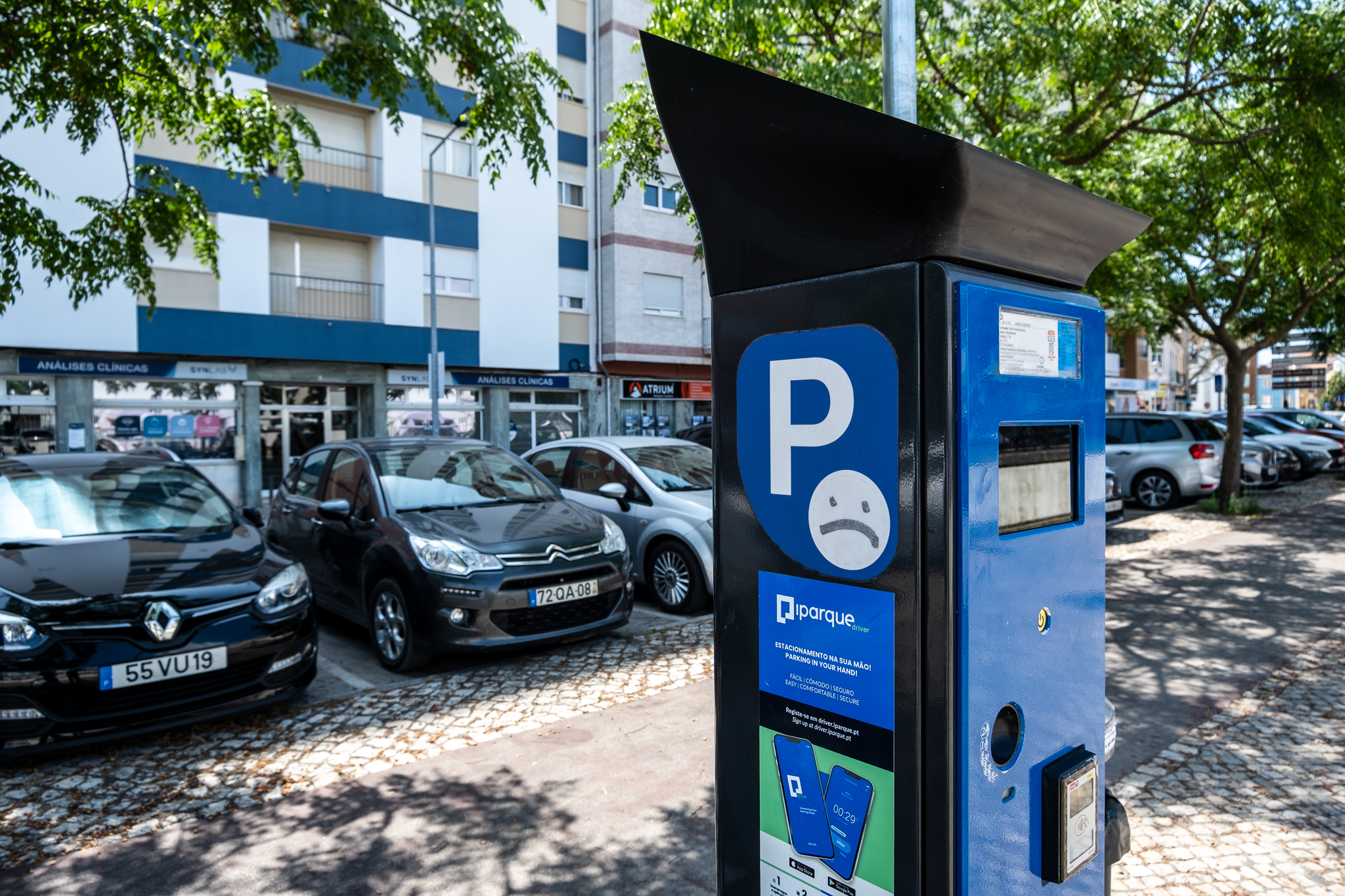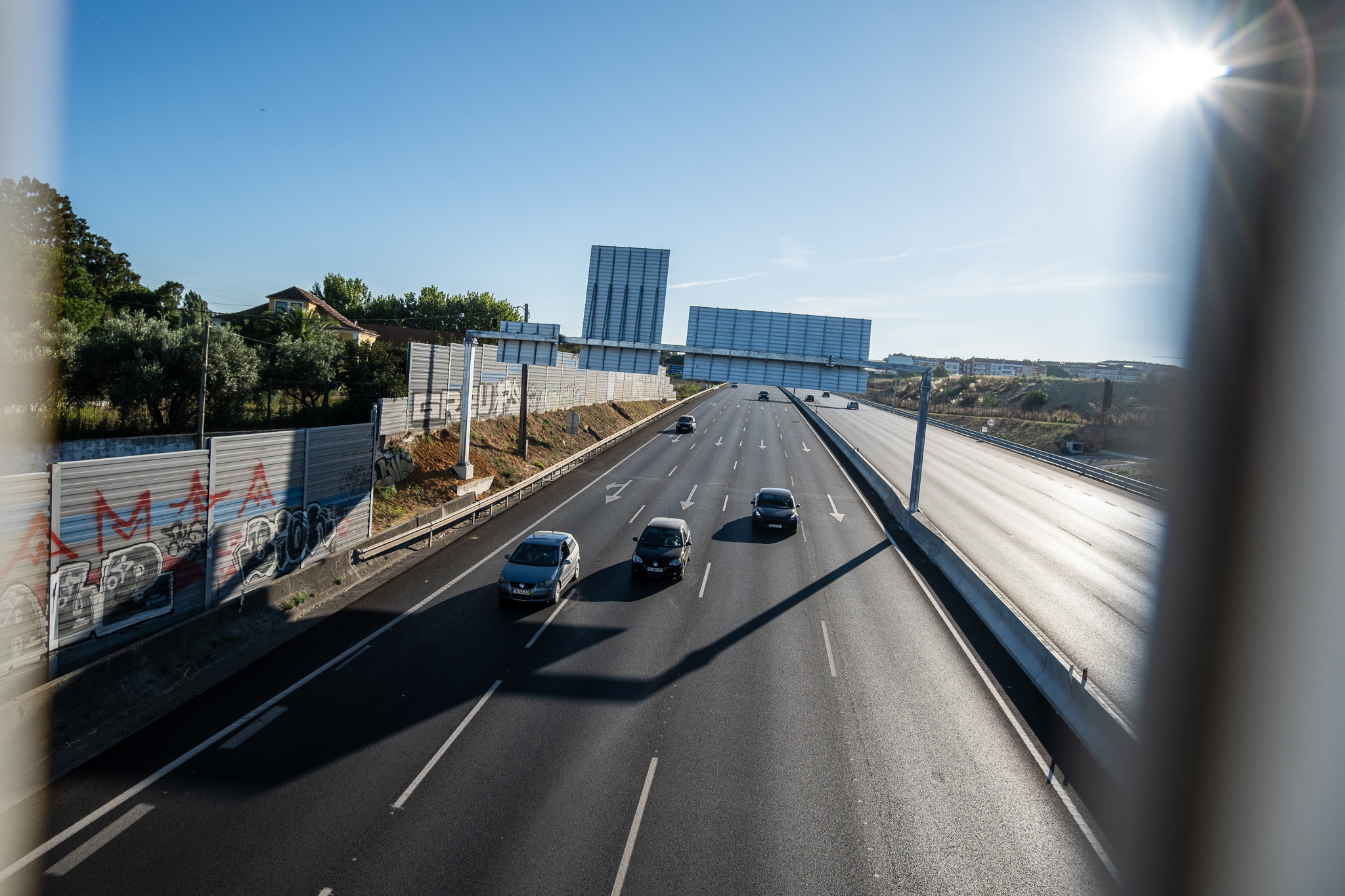ZER ABC in the drawer. Carlos Moedas' executive does not want a "catastrophist or prohibitionist approach" and looks at the "car problem" with a "gradualist, pedagogical and alternative improvement" strategy.

Contrary to what his predecessor and opponent wanted, Carlos Moedas doesn't want to limit car traffic in the city's historic downtown areathe weekly Expresso reports this week. ZER Avenida-Baixa-Chiado (ZER ABC) is officially on the back burner.
Questioned by ExpressoÂngelo Pereira, councillor for mobility, said that the current Lisbon City Council executive wants downtown to be a "living and rehabilitated urban space"but "without restricting your access to any network" - that is, without restricting car access to that area. Ângelo Pereira admits that some arteries can be pedestrianized, provided that "don't have a distribution function in the city"This rules out limitations on Rua da Prata, Rua do Ouro, Rua dos Fanqueiros and Rua da Madalena, as envisaged in the ZER ABC project presented by Fernando Medina's executive in January 2020.
"Our approach to the car problem is gradualist, pedagogical and improving alternatives. It's not a catastrophist or prohibitionist approach. We govern a city with people, not against people"explained the new councillor in charge of mobility at Lisbon City Council.

A different approach
Also to the weekly Expresso, Ângelo Pereira defended the improvement of public transport in the city as an alternative to limiting car traffic, noting that there are "critical points" where bus speeds are very low due to congestion. The councillor from Moedas' team said that enforcement of the city's two existing ZERs will be a priority - one of which on the Avenida da Liberdade and downtown axis, where, in theory, since 2015 only vehicles built in the year 2000 or later can circulate. According to Ângelo Pereira, it will also be improved cycling infrastructure downtown, eliminating "discontinuities in the existing network"In order to expand the GIRA network in this area - between the parishes of Santo António, Santa Maria Maior and Misericórdia - the municipality wants to increase the number of shared bicycle stations from 16 to 26.
According to Expresso, the new executive does not deny that it is necessary to "reduce the intensity of individual car use"but proposes to do so through a "more public transport and soft means of transport". "We want Baixa Pombalina to be a space where all networks are compatible and not excluded. We do not advocate increasing restrictions and prohibitions to the citizen who wants to come to Baixa, to use it, regardless of the transport used"said Ângelo Pereira.
Presented in January 2020 by Fernando Medina, the ZER Avenida-Baixa-Chiado (ZER ABC) consisted of an ambitious project to restrict car traffic in the downtown area and Chiado, also affecting the Avenida da Liberdade and Avenida Almirante Reis axis.. ZER ABC was scheduled to start up in the summer of that year, but the pandemic led Medina to suspend the project and postpone it until the next term of office. The ZER in the historic area of the city was included in the electoral program of his coalition, which did not win the elections.
A ZER ABC preview reduce car traffic by 40% in downtown Lisbon, guaranteeing access only to residents, shopkeepers, public transport, electric cars and soft modes such as bicycles. The project would be activated in a first phase with physical access control mechanisms; later, and gradually, the public space of the different streets and squares would be upgraded. It was planned to significantly increase the pedestrian area, introduce cycle paths, plant trees, eliminate surface car parking and reinforce public transport.
Right defends a ZER but doesn't want to do it
Discussed in the Municipal Assembly last NovemberOn the other hand, there seemed to be a consensus between all parties, with the left calling for the initial plan to be implemented as presented, but the right wanting better planning and more participation. Miguel Coelho (PS), from the Santa Maria Maior parish council, defended a ZER in the entire historic center and throughout his parish, and not just in the Baixa and Chiado areas. The debate resulted in the majority approval of a recommendation presented by the BE for the implementation of the ABC ZER.
The ZER ABC was also the subject of public debate on the future of Almirante ReisThe event, which took place last Monday, had several participants questioning why there is no integrated strategy for this axis with the future of downtown. "I'd like to know if [the redevelopment of Almirante Reis] is a plan for the future, for the ZER and for climate commitments, or if it's a look at the past and the traffic of the 1990s?", questioned one participant, concerned about the possibility of Almirante Reis once again having four lanes of traffic. "I don't know why they start at Almirante Reis and not downtown"reinforced someone else. And at a certain point in the room, there was an almost unison shout to return to the ZER, as we reported here. João Castro, architect and advisor to Moedas, who led the debate, did not have a direct answer on the ABC ZER, although he did say that he agreed with an integrated vision for the city and for a downtown with less traffic.
Basically, and to summarize the different moments in which the subject arose, the position of the Moedas executive and the parties that support the current city government (PSD and CDS) has been that reducing car traffic downtown is important and necessary, but they reject implementing the plan left by the previous city council executive, and do not commit to drawing up a new project. In the electoral program of Carlos Moedas, there was no reference to a ZER in the downtown area; but questioned by the ZERO association, the coalition New Times defended "to gradually implement a Zero Emission Zones Plan, in order to gradually meet the Climate Transition objectives defined for the City of Lisbon by 2030, and this definition will have to be done zone by zone and based on participatory processes, with a deep involvement of residents".

Still, there are ZER plots that could go ahead this year. In the budget for SRU, the municipal public works company, which has been approved for 2022, the project to upgrade Avenida da Liberdade is to be completed and the contract launched, with the expectation that the work will be ready in 2023. This would only be the first phase of the redevelopment, i.e. the upper section of Avenida da Liberdade, after the Marquês de Pombal. This work will include better sidewalks, a bike lane and restoring the "natural" direction of traffic in the side lanes. The 2nd phase would involve recreating the Public Promenade next to the Restaurants, where Avenida da Liberdade would take on a configuration without traffic on the central deck and with road traffic only on the sides - without a ZER, it is unlikely that this Public Promenade will go ahead; in the SRU documentation, this 2nd phase "awaiting priority confirmation".
In Chiado, the launch of the contract and the beginning of the work for the Two Churches Square to make it pedestrian-only. The sidewalk will be renewed, the streetcar line will be revised, areas will be created for shared circulation between vehicles and pedestrians, new street furniture will be installed, and pedestrian crosswalks will be lowered and signaled. The project has already been designed and is expected to be concluded next year, in 2023. As for the Misericórdia Streetthat connects Largo de Camões to Largo Trindade Coelho, would give more space to the pedestrian but "awaiting priority confirmation" at this stage.

